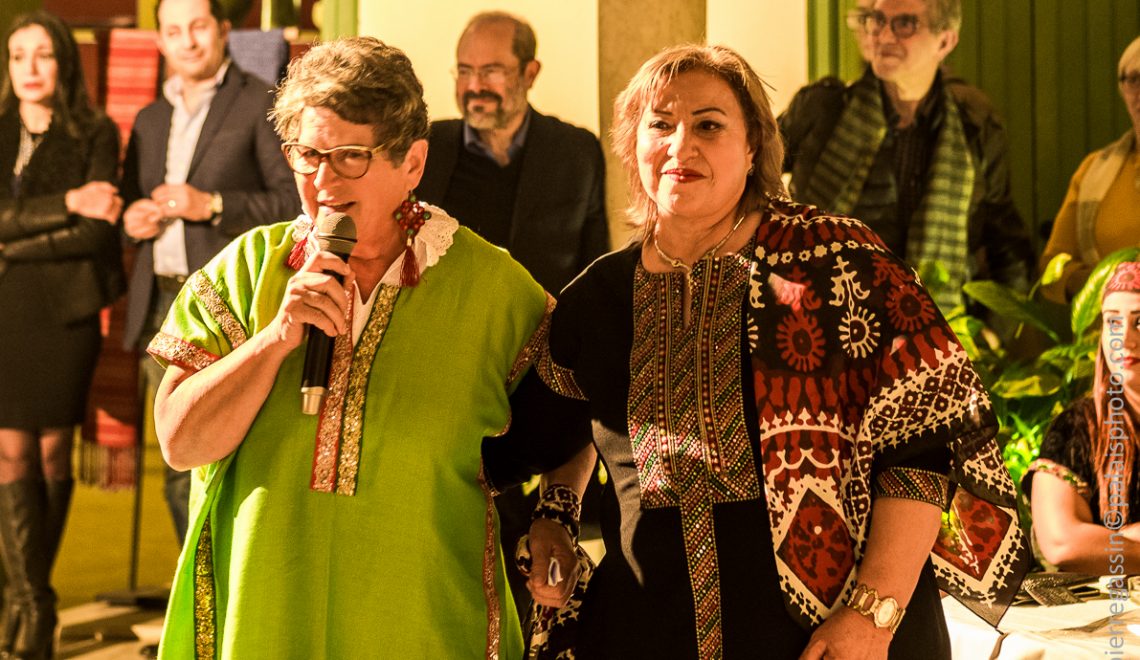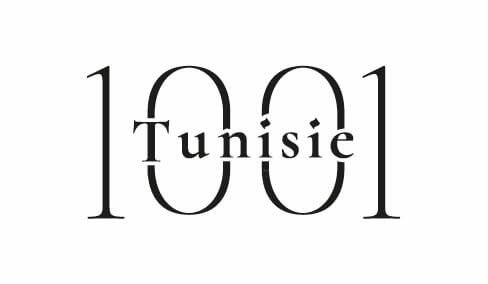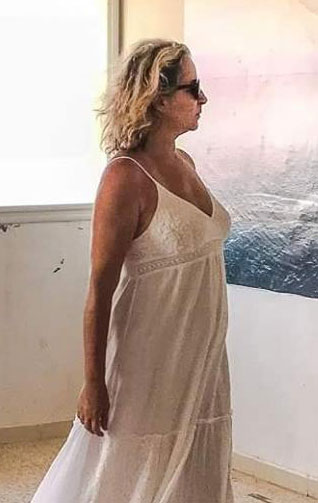
Fatma Samet remarks a few decades ago that the art of Kerkenah embroidery is starting to disappear. She then engages in weaving and learning to weave. And since then, she has never stopped. By Amel DJAIT
Behind Kerkenatiss, there is a network of weavers and embroiderers who for years transformed the natural fibers into sheers, stamens and fabrics. A myriad of items of linen and accessories hand-woven by men and women with great talent, that Fatma Samet directs. She constantly mixes linen, cotton, wool and silk threads with camel hair to create contemporary textures, unique in fluidity and finesse.
Today, she gives the cover and leaves for a new adventure; a collection of clothes; scarves, coats, dresses, caftans, green, jackets ….
She dresses the modern woman with unique pieces made by Kerkennah women. She dresses women in Tunisia and the world with her passion for Kerkenah.
For Fatma Samet, each piece of Kerkenah tells an ancestral technique: “In Kerkennah, the man weaves a plain fabric for the woman to give him a color and ornament with an embroidery counted points. Kerkennah’s embroidery, listed in the Musée de l’Homme in Paris, can be traced back to the Punic era and embodies the result of crossbreeding of men and civilizations who have landed on the island over the ages. It is an extraordinary assortment of sensibilities of women who have managed to construct, according to the rules of sharing, friendship and exchange, a mixture of several types of points.
Today, it’s the same story that she tells again and again and differently …
The Kekanatiss 2017/2018 collection in photos: Photo report of Pierre Gassin















 َAbonnez-vous
َAbonnez-vous

